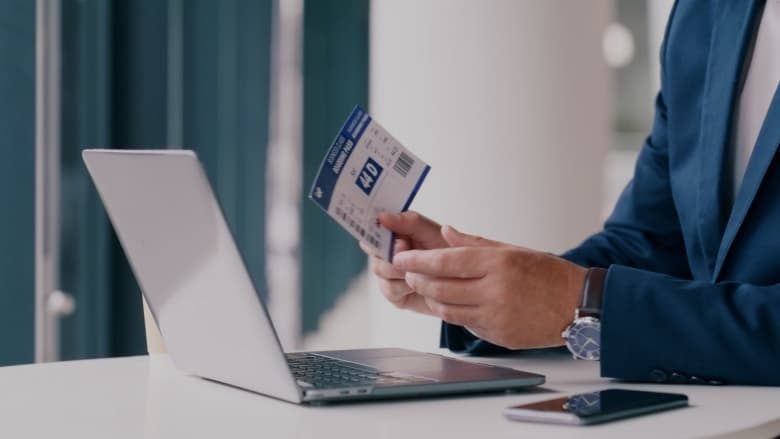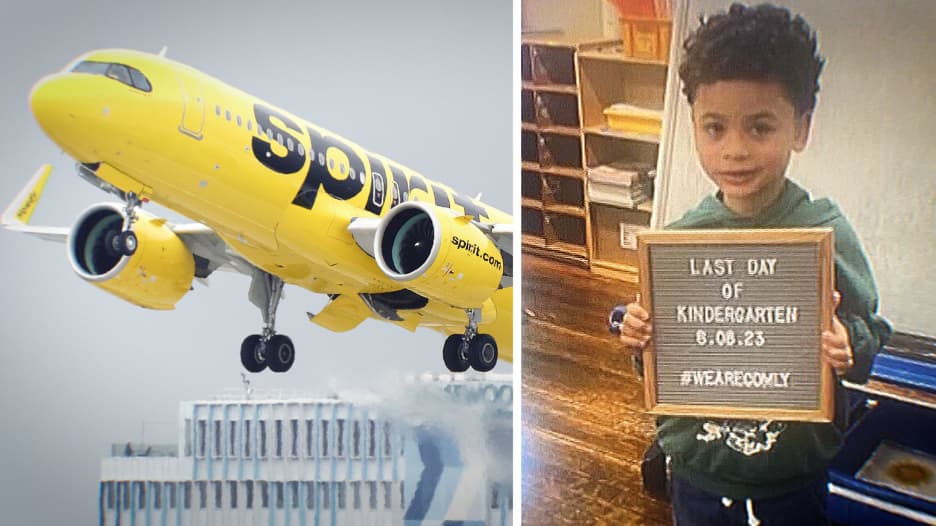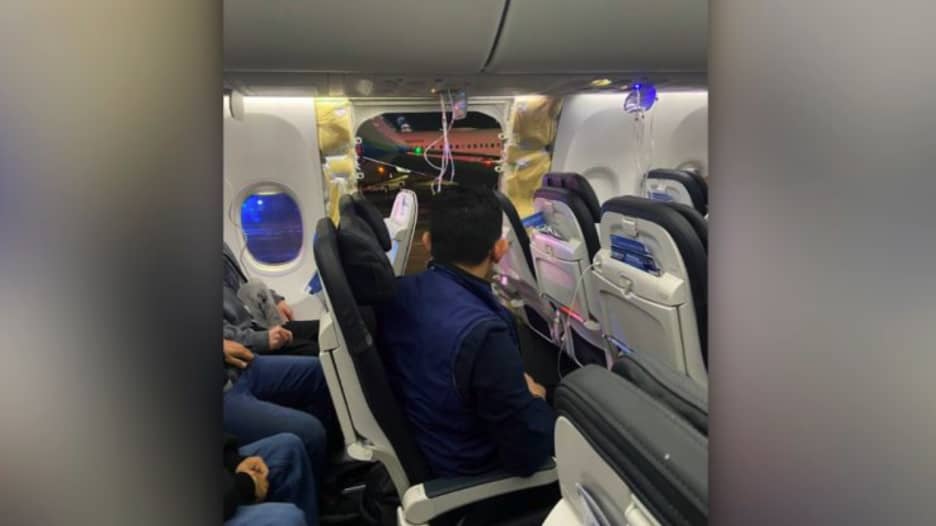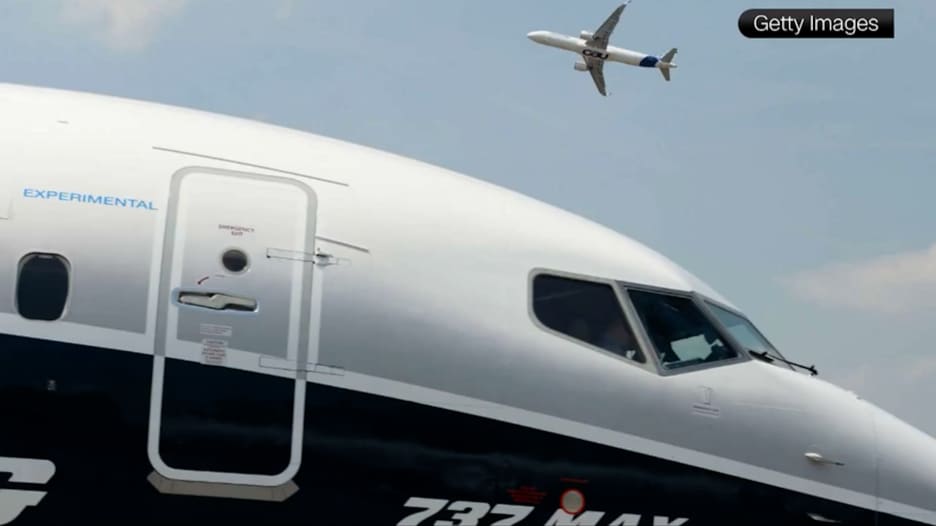دبي، الإمارات العربية المتحدة (CNN)-- هل سبق لك أن جلست على متن طائرة متسائلاً عن سبب إعلان الطيار بأن الهبوط قريب، رغم أن الطائرة لا تزال تُحلق في دوائر بلا أي علامة لمدرج مطار في مرمى البصر؟ من المحتمل أنّك في هذه الحالة شاهدت نمطًا للانتظار الجوي (holding pattern).
ويمكن اللجوء لأنماط الانتظار لأسباب مختلفة.
وتشمل تلك الأسباب الازدحام والطقس السيء بشكلٍ رئيسي، وغالبًا ما يكون ذلك بسبب انخفاض الرؤية، أو الرياح القوية، أو الثلوج.
ولكن يمكن اللجوء إليها أيضًا بسبب بعض المشاكل مثل عطل في المعدات أو وجود عائق في المدرج، كما أنّها من أسهل الطرق لإدارة زيادة حركة المرور حول المطار.
وقال أستاذ إدارة الحركة الجوية في جامعة "دلفت" للتكنولوجيا بهولندا، جونزي سان: "عندما تقود السيارة أثناء وجود ازدحام، ستصادف إشارة حمراء وتتوقف، ولكن بالنسبة للطائرات، لا يوجد خيار كهذا".
وأضاف: "يمكن للمرء وببساطة أن يعتبر نمط الانتظار كنوع من إشارات المرور للطائرات، والتي تُستَخدم للتحكم في حركة المرور القادمة أثناء الهبوط بالمطار".
ومن الناحية الفنية، فإن نمط الانتظار عبارة عن منطقة محددة من المجال الجوي تدخل فيها الطائرة مسارًا دائريًا، أو على شكل مضمار سباق، بشكلٍ متكرر لفترةٍ معينة لتأخير هبوطها نحو المدرج.
وشرح سان قائلاً: "تستمر الطائرة في التحليق حتى يمنح مراقِب الحركة الجوية الإذن بالنزول والهبوط"، موضحًا أنه "إجراء معياري للغاية، ولا يضطر الطيارون إلى التحليق يدويًا لأنّ أنظمة التوجيه الخاصة بهم تساعد الطائرة في الحفاظ على نمط الانتظار الخاص بها. إنّه أمرٌ سهل نسبيًا من وجهة نظر الطيار".
وأصبحت أنماط الانتظار الدعامة الأساسية في المطارات المزدحمة بصورةٍ مزمنة، ولكن هل العملية بمثابة أمر لا مفر منه؟ وهل تتضمن عواقب؟
تدفق الحركة الجوية
وتكمن المشكلة الأولى في كون أنماط الانتظار سيئة عندما يرتبط الأمر بكفاءة استهلاك الوقود.
وقال سان: "الانتظار وسيلة طيران غير فعالة على الإطلاق لضرورة الحفاظ على ارتفاع منخفض، ما يعني أنّك تحرق الكثير من الوقود الإضافي. ولهذا السبب، هذه الطريقة تُعتَبَر الملاذ الأخير للتحكم في تدفق الحركة الجوية".
وأكّد سان: "هناك طرق أخرى قد تكون أكثر كفاءة للقيام بذلك".
ويحرق الطيران على ارتفاع منخفض المزيد من الوقود بسبب زيادة مقاومة الهواء، ما يؤدي إلى زيادة الانبعاثات.
وهذه العملية مزعجة أيضًا لحدوثها على ارتفاع يتراوح بين 2،130 و3،960 مترًا تقريبًا.
ويعني ذلك إمكانية سماع هدير المحرك من الأرض.
وأخيرًا، تزداد مدة الرحلة بمقدار 10 إلى 30 دقيقة تقريبًا نظرًا لتحليق الطائرة حول المطار بدلاً من الهبوط.
خيارات أنماط الانتظار
وتتطلّب بدائل أنماط الانتظار، مثل "الانتظار الخطي" (linear holding)، بشكلٍ أساسي تحليق الطائرات بشكلٍ أبطأ، أو تتبُّعها مسارًا أطول قبل الوصول.
وتشمل أنواع الانتظار الخطي نظام "دمج النقاط" (point merge) الذي اخترعته منظمة "Eurocontrol" المُنسِّقة لإدارة الحركة الجوية في أوروبا.
واستُخدِم هذا النوع من أنماط الانتظار لأول مرة في أوسلو بعام 2011، ويستخدمه الآن حوالي 40 مطارًا حول العالم، بما في ذلك مطارات في إسطنبول، وشنغهاي، وطوكيو.
وتنطوي العملية على إبقاء جميع الطائرات القادمة على المستوى ذاته، وجعلها تتلاقى باتجاه قوس مع وجود فصل أفقي فقط.
وعند حلول الوقت المناسب، يُسمح لها بدخول القوس والتقدم إلى نقطة الدمج، وبعد ذلك تتَّبِع جميع الطائرات المسار ذاته نحو المدرج.
وتكمن الميزة الكبيرة لهذا النمط بإمكانية جعل القوس على ارتفاع أعلى بكثير يصل إلى 6 آلاف متر أو أكثر، بعيدًا عن المناطق المأهولة، فوق الماء مثلاً، كما أنّه يتمتع بتأثيرٍ إيجابي على التلوث والضوضاء.
ووجدت دراسة أُجريت في عام 2023 أيضًا أنّ الطائرات التي تلجأ إلى نظام انتظار تقليدي تستخدم وقودًا أكثر بشكلٍ ملحوظ مقارنةً بتلك التي تلجأ لنظام "دمج النقاط".





